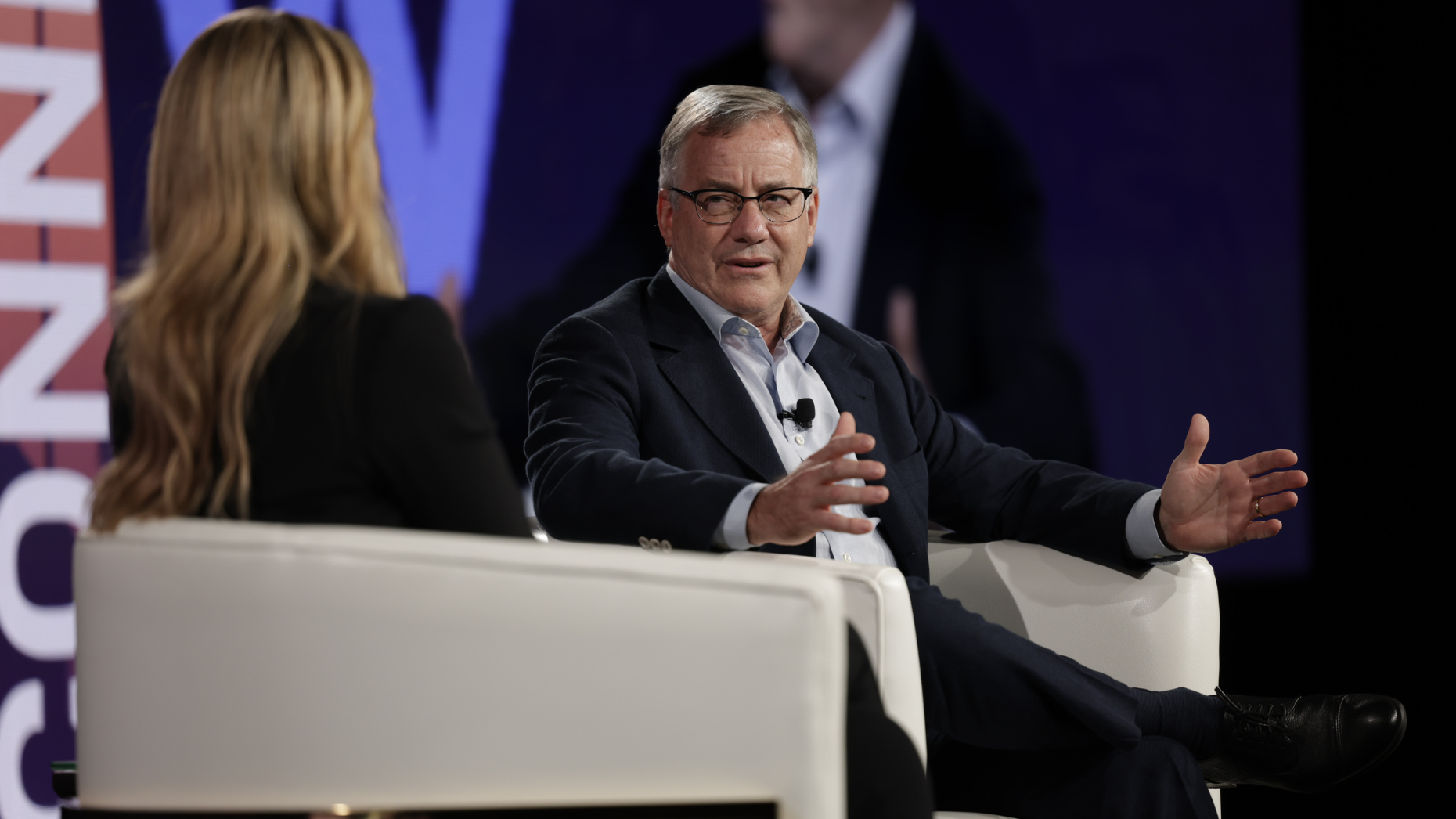Canada’s central bank reiterated its wait-and-see approach to interest rates. The Bank of Canada (BoC) announced it will hold the overnight rate at 2.75% at its meeting this morning. This marks the third consecutive meeting without a change, driven by BoC officials focusing on short-term uncertainty. The BoC emphasized persistently elevated inflation, with trade uncertainty potentially providing a short-term boost to the numbers.
BoC Was The Most Aggressive G10 Central Bank, Pause Expected
The BoC has been aggressively slashing rates since June 2024, trimming 225 basis points (bps) by last March. Convention holds a standard-sized rate cut is 25 bps, so this was the equivalent of 9 policy cuts over 9 months. This is unusual since the central bank believes it takes between 18 and 24 months for a rate decision to realize its full impact in the market. The BoC delivered the most aggressive easing of any G10 central bank.
The hold was widely expected with the market pricing in the odds at less than 50% for further easing in June. The BoC noted they were being “less forward-looking than usual,” since near-term risks are unpredictable at this time. Isolating the current picture, the central bank sees inflation risk skewed to the upside.
Bank of Canada Fears Inflation, Job Boom Can Make It Worse
The BoC’s primary mandate is stable inflation control. It works towards a 2.0% target rate, with a tolerance band of 1 point. The BoC preferred Core CPI measures of inflation are currently near or above its 3% upper tolerance band. Any move above this would necessitate even more rate hikes, making cuts counterproductive.
No cuts were expected this week unless June CPI’s data suddenly collapsed (it didn’t).
June’s blowout job report undermined disinflation hopes, showing a sudden boom, though met with skepticism. Employment isn’t the central bank’s primary mandate, but it’s an important display of future demand sentiment. Jobs tend to be created to handle consumption, and more jobs mean more consumption. Rising demand for goods and services is often the primary driver of inflation.
Trade uncertainty has also become a potential headwind for rising inflation. Tariffs are pushing import costs higher, which producers pass on to consumers. This is pushing up prices on everything from orange juice to homebuilding. While inflationary in the near term, diverted disposable income will inevitably turn into a drag and reduce demand, thus slowing inflation.
That doesn’t mean rate cuts are out of the picture for now. BMO currently still expects two more cuts by the end of the year, and another cut in 2026. The rapidly shifting and unpredictable environment means that it can change very abruptly, making rate relief far from guaranteed.



















 English (US) ·
English (US) ·